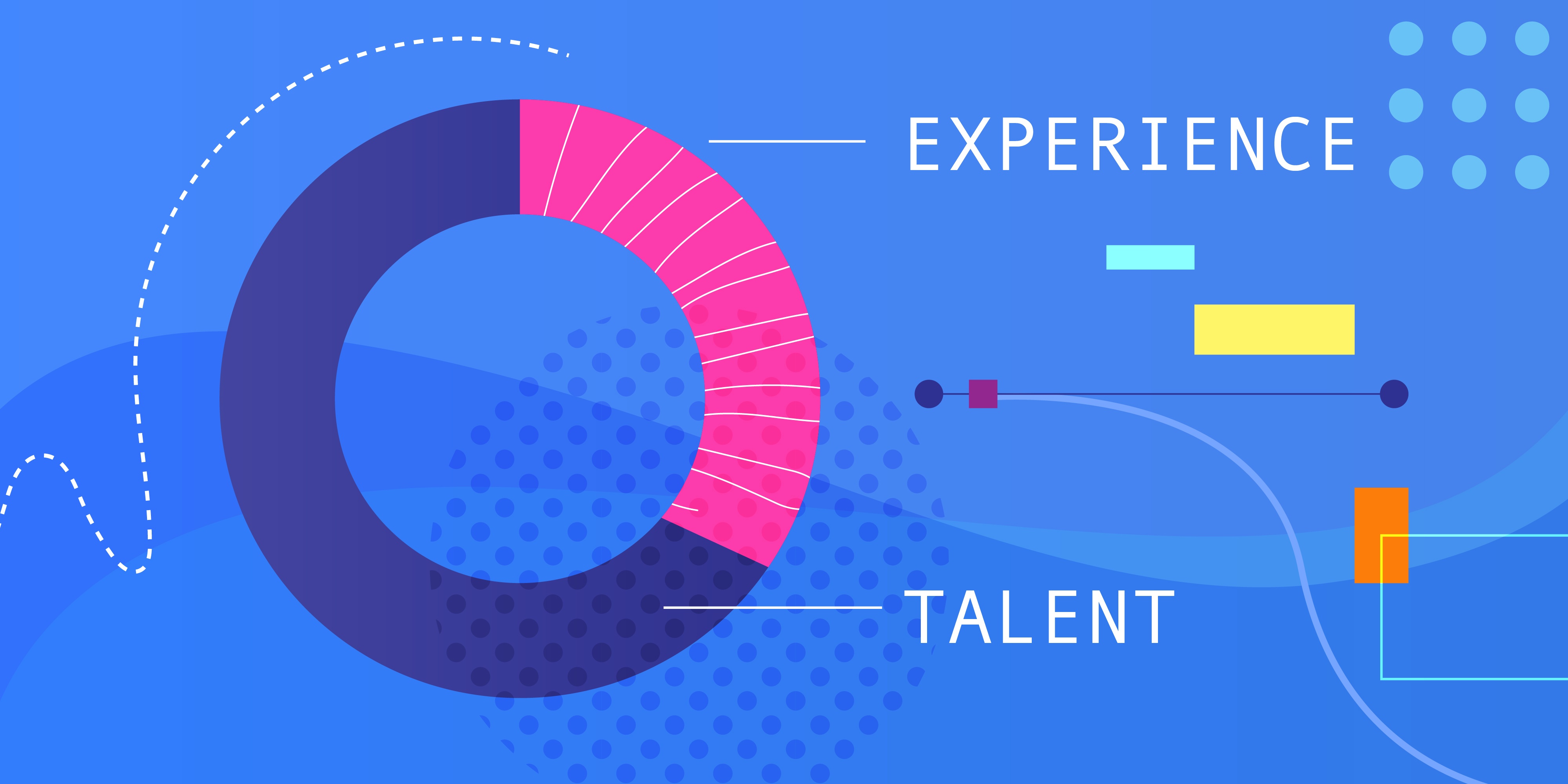Somewhere out there, right now, is the developer, or marketer, or manager who’s going to make a huge impact on your business. Let’s be optimists for a few minutes and say that there may even be several someones out there who would be ideal fits for your company culture, and who have the skills, experience, and drive to make a difference. How do you make sure that one of those ideal candidates comes to your organization instead of one of your competitors?
Now, you might be thinking, “if these people are such ideal culture fits, how could they possibly choose another company over ours?” After all, it’s just as difficult for a candidate to find the right fit for their needs as it is for a business. Unfortunately, in such a competitive talent market there are a host of pitfalls and obstacles that can not only prevent your perfect hire from taking a job with you, but even stop him or her from applying in the first place.
1. Weak Employer Brand
According to LinkedIn, the number one obstacle candidates experience when deliberating about potential job opportunities feeling unsure of what it’s actually like to work for a particular organization. And while, obviously, that information should be coming through loud and clear during the interview stages of the hiring process, it’s important to plant the seeds for this conversation early on by putting a strong employer brand out into the world. As a refresher, your employer brand and its messaging should be targeted specifically at your ideal job candidates (i.e. your employee personas), and it should tell them a story about who you are as an employer and what value you provide your employees.
If your employer brand doesn’t inspire confidence or doesn’t reach a critical mass of candidates, most job seekers will have a harder time being convinced that your company is the right place for them. If, conversely, you’re continuously promoting your brand across numerous social media platforms and other channels (not just traditional recruitment platforms), potential new-hires will have already taken the crucial first step towards getting to know your business and understanding what it would be like to work there.
2. Undefined EVP
You can almost think of this second obstacle as a corollary to the first, but it bears reminding that your employee value proposition (EVP) should be a major, well-defined part of your employer brand. What makes this an obstacle in its own right? Simply the fact that many smaller companies, who might be competing with larger, better-established businesses for top talent, often fail to communicate the advantages that they can offer to applicants who choose them over their larger competitors. Numerous startups and small businesses offer employees the chance to make an immediate impact, the opportunity to directly contribute to a vital mission, or the autonomy to make and carry out important decisions. If this is the case for your business, it’s imperative that you let people know about these factors the instant they first encounter your employer brand. That way, you can level the playing field between your company and those who might be able to offer more money or better traditional benefits.
3. Poor Applicant Experience
Did you know that up to 50% of candidates will drop out of the hiring process before they’ve even submitted an initial application? Often, this is due to lengthy and cumbersome online applications. Often, it’s the most in-demand candidates who can afford the luxury of giving up on a job just because of applicant experience—thus, you risk losing out on exactly the candidates you’re most interested in by failing to prioritize a smooth, pleasant applicant experience. Of course, applicant experience has to remain a priority throughout the entire hiring process, but top-of-the-funnel processes like online applications are often a crucial starting point for demonstrating a real commitment to your potential hires.
Try filling out your own application: how long does it take you? Is the interface easy to use, or are you forced to start over multiple times because there is no save feature? Can you access it on a mobile device? Your answers to these questions will tell you a lot about the kind of first impression you’re making on candidates who make the initial decision to work through your application, and will even given you a sense of how likely it is that your ideal candidates could be put off of your company before reaching the interview stage.
4. Vague Job Descriptions
In some ways, it probably makes sense to file this next obstacle under employer branding. After all, job ads and job descriptions are prime real estate for communicating your brand and spreading your message. At the same time, they straddle the line between branding and applicant experience, offering both a window into your company’s mission and values and also an early opportunity to show your ideal candidate that you’re speaking their language. Given the important role that job descriptions can play at this crucial recruiting crossroads, it’s shocking that so many companies rely so heavily on ads that are either vague and generic or lengthy and rambling. If your ideal candidate has encountered your employer brand in the past and already associates you with a particular mission or set of values, it’s important to ensure that when they encounter that brand again in the form of an actual job ad they find that their first impressions are reinforced. That way, they can begin to see that your company could be a perfect fit for their career needs.
5. Long Lead Times
Now, you may be looking at this obstacle and thinking “yes, I’d love to shorten my recruiting lead times, but that’s just how long this process takes.” And to an extent, that’s true—it does take time to vet candidates and take them through your interview process. At the same time, there are ways to improve your turnaround time when it comes to bringing on new people. Perhaps the most important step you can take is to keep putting out ads and circulating your employer brand even when there isn’t a specific position at your company that needs immediate filling. By treating talent acquisition as an ongoing project aimed at maintaining the long-term health of your business, rather than a quick-fix operation for getting particular seats filled, you can build up a stronger, more fluid talent pipeline and shorten your recruitment lead times in the process. By not starting from scratch each time a position needs to be filled, you can decrease the odds that your perfect hire will take an offer elsewhere while waiting to hear from you.








